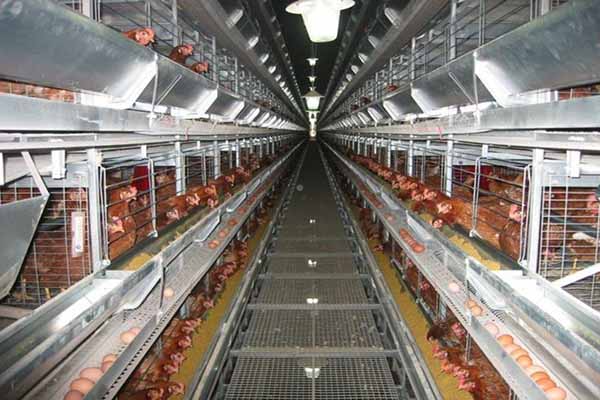Optimized Poultry Drinking System for 10,000 Chickens in Pakistan: A Comprehensive Guide
Introduction to Poultry Drinking Systems
Poultry farming in Pakistan is rapidly growing, with an increasing demand for efficient systems that can meet the water requirements of a large flock. An optimized poultry drinking system is crucial for the health and productivity of your chickens, especially when managing a large flock of 10,000 birds. This article outlines the key aspects of a drinking system designed specifically for such a scale of poultry farming.
Key Features of a Poultry Drinking System for 10,000 Chickens
– Capacity: Ensure the system is capable of delivering an adequate water supply for 10,000 chickens. The general rule of thumb is 1.0 to 1.5 liters per chicken per day.
– Automatic Feeding: An automated system can help regulate water intake, which is crucial for chicken health and performance.
– Material Quality: Use durable materials to withstand the constant wear and tear of poultry farming.
– Water Quality: A water filter system is essential to maintain the quality of the drinking water and prevent disease outbreaks.
Design Considerations for 10,000 Chicken Flocks
– Layout: Arrange the drinking points evenly across the poultry house to ensure easy access for all birds.
– Pressure Regulation: The water pressure should be adjusted to avoid overflow or insufficient supply.
– Maintenance: Ensure that the system is designed for easy cleaning and maintenance to prevent contamination and clogging.
Comparison of Different Poultry Drinking Systems
– Nipple Drinkers: Ideal for young chickens, as they prevent waste by providing water on demand.
– Bottle Drinkers: Suitable for older chickens and can be mounted on the walls or overhead.
– Faucet Drinkers: Provide continuous flow of water and are good for larger flocks.
Conclusion
Investing in a high-quality poultry drinking system for your 10,000 chicken farm in Pakistan is vital for the overall health and performance of your birds. With the right system, you can ensure optimal water intake and reduce the risk of disease outbreaks.





